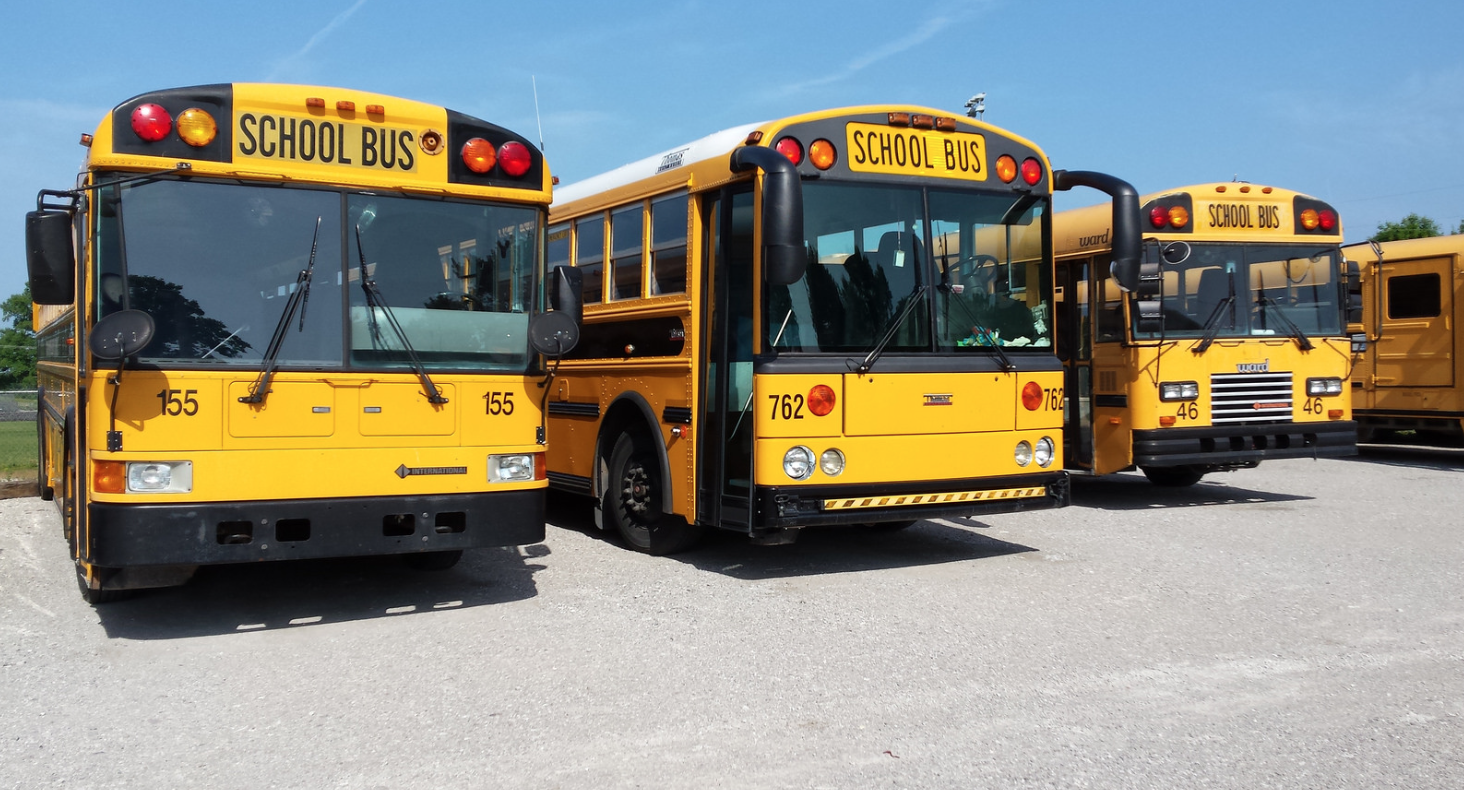Title Page
Federal Officials Say Delayed $4B in Harvey Aid Will Be Tied Up Until May. Houston Chronicle.
Introduction
TSU Researchers: Pedestrian Deaths Are Misunderstood, In Part Because of Police and Journalists. Nashville Public Radio.
“People tend to say, ‘Oh, well, down on Broadway or something? People get drunk, come here …’” he said. “And that’s not. None happen there. Mainly because cars aren’t going fast enough. And then when you look where we found deaths are occurring are out at the perimeter, where people are having to walk home or go from point A to point B and there isn’t a sidewalk.”
Executive Summary
With school segregation still a prominent feature of the American education system, some scholars have pushed policymakers to consider not just disparities within a district but between districts as well. Now a new EdBuild report underscores some of the factors that make those dividing lines so significant.
In a national analysis of federal, state and local revenues combined with enrollment and demographic data as well as school district-level census information and cost-of-living data, the nonprofit found that majority-white districts received more funding than majority-nonwhite districts. All told, that number is roughly $23 billion more for white districts serving the same number as nonwhite districts.
"[E]ven after Brown v Board, even after decades of school finance litigation meant to equalize the playing field, and even after accounting for wealth disparities, the wrenching reality endures—the United States still invests significantly more money to educate children in white communities," the report opens.
In addition, the report highlights some of the structural ways the imbalance is perpetuated. White districts, for example, tend to be smaller, often reflecting local efforts to circumscribe pockets of wealth and maintain segregation. "White districts enroll just over 1,500 students—half the size of the national average," the report notes, "and nonwhite districts serve over 10,000 districts—three times more than that average."
And while disparities were experienced by poor white districts, they were not nearly as large as the funding gaps facing nonwhite districts. "Poor-white school districts receive about $150 less per student than the national average—an injustice all to itself," the report concludes. "Yet they are still receiving nearly $1,500 more than poor-nonwhite school districts."
Covering the report, National Public Radio points out that, "In some of the states with the worst funding disparities, teachers have gone on strike in the past year." For example, "In Arizona, poor, primarily white school districts get about $19,000 per student — while high-poverty, nonwhite districts get about $8,000, according to EdBuild."
Conclusion
Density is in. "In response to the housing crisis, both city and state politicians are producing legislation that makes it easier to build densely," writes Jarrett Walker over at Human Transit. Zoning overhauls, reductions in parking minimums and transit-oriented development are all receiving significant policy attention.
This, argues Walker, is great news and will help address housing affordability concerns in so many areas. But he offers some balance.
"From a transit perspective, I have one note of caution when it comes to upzoning absolutely everywhere," writes Walker. Many areas, he writes, present challenges when it comes to transit access, either because of their design — think meandering, suburban-style streets — or other factors. They may be so sparsely populated, for example, that even adding a few people won't be enough to really make transit work.
"Gentle upzoning of single-family areas — allowing second and third units on formerly single-family parcels — is mostly helpful, but not always in these tough spots," he writes before offering a reasonable guide for cities; "In any case, serious density must be organized around the frequent transit network — bus and rail — so that more people end up in places where transit can be really useful to them."
Endnotes
wrote about a new Smithsonian Channel doc that traces the origins and legacy of The Negro Motorist Green Book without centering white people, ahem https://t.co/YWbo1e6Xqe
— Hannah Giorgis (@ethiopienne) February 23, 2019

